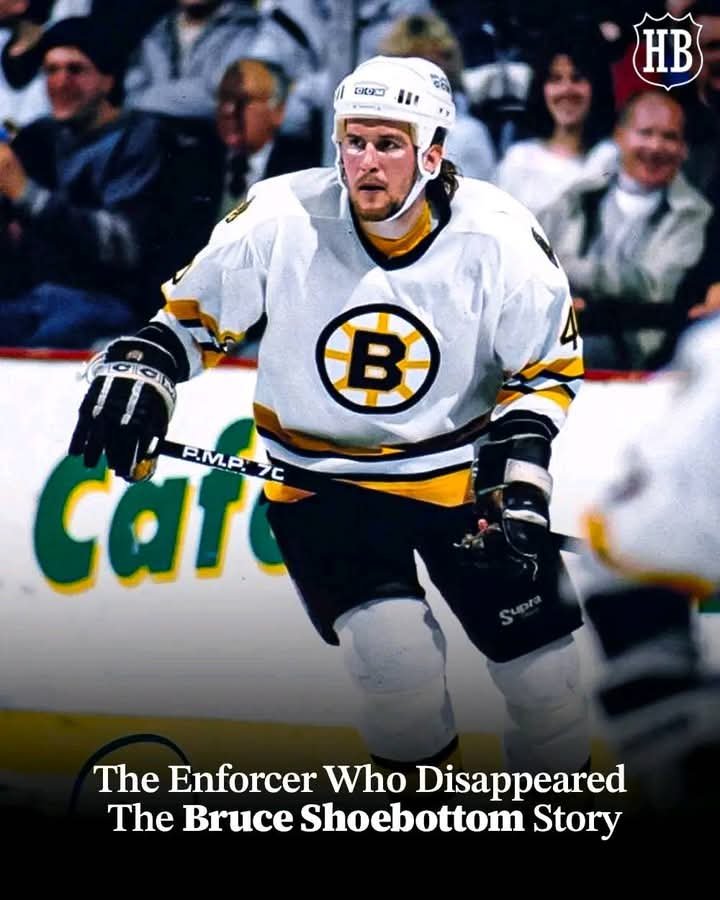Bruce Shoebottom wasn’t built to be a star. He was built to protect the stars.
Standing 6’3″ and weighing 215 pounds, he was drafted by the Boston Bruins in 1983. A bruising defenseman, he had one job: hit, fight, and keep opponents honest. Shoebottom was the kind of guy who’d throw down at a moment’s notice—not for glory, but because it was expected.
He played just 35 games for the Bruins between 1985 and 1989. He didn’t score a single point in Boston. What he did rack up was penalty minutes—188 of them. That’s over five minutes per game. He was pure muscle on skates.
But Shoebottom’s life off the ice was far from stable.
After bouncing around the minors, he left pro hockey in the early ‘90s. Like many enforcers of the era, he struggled with life after the game. Without the structure, the adrenaline, or the camaraderie of hockey, he drifted. And fast.
He faced repeated arrests, mostly for drug-related offenses and mental health issues. His name popped up in court records more often than in hockey headlines. While former teammates moved on with their lives—into business, coaching, family—Shoebottom became a ghost.
In 2022, he was found dead in a Florida hotel room, alone. No media coverage. No fanfare. Just a one-line obituary in local records. He was 56.
What haunts people who knew him was that he wasn’t a bad guy. He was funny. Sensitive. A teammate’s teammate. But he was a man built for a role that chewed him up—and when the game no longer needed him, there was nothing left to hold him up.
Bruce Shoebottom is a name most Bruins fans don’t remember. But his story is part of hockey’s dark undercurrent: the silent toll of being the tough guy.
He fought for the team.
But when the fighting stopped, no one was there to fight for him.

